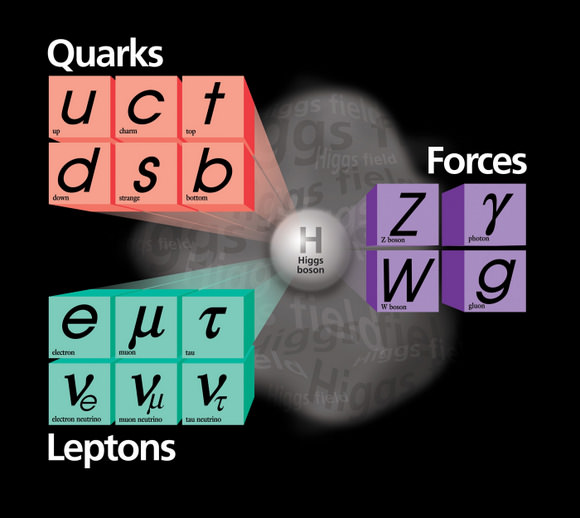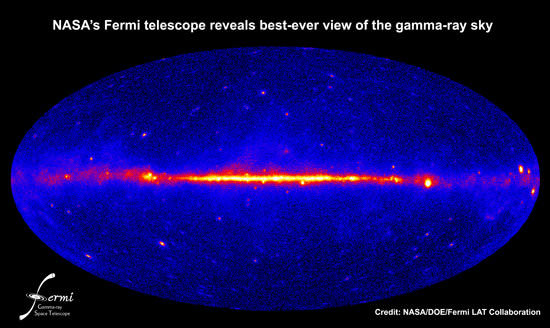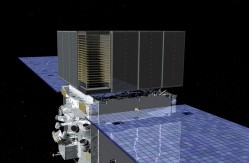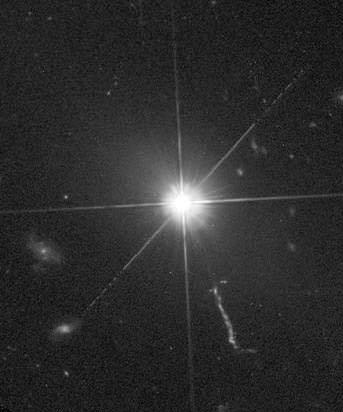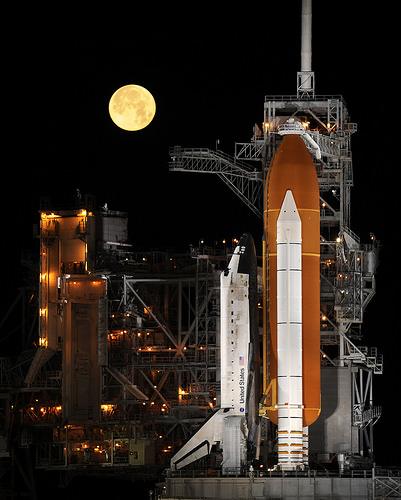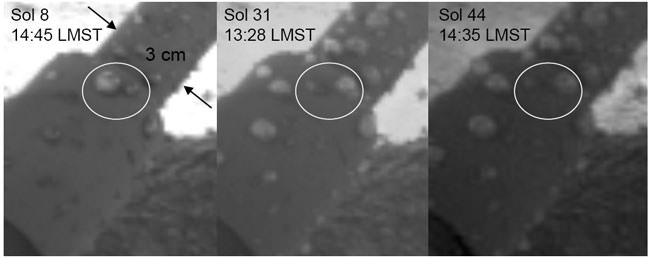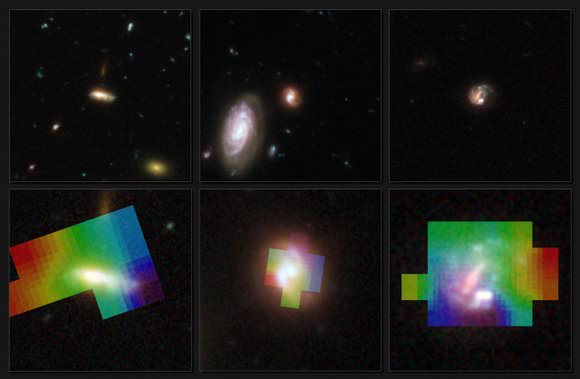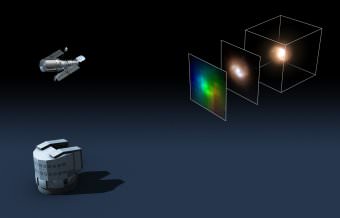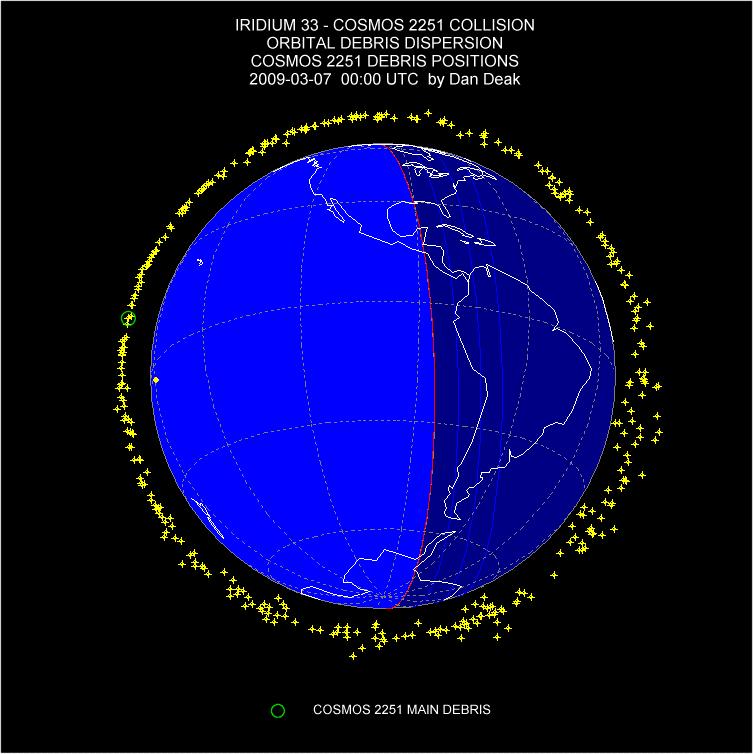[/caption]
Scientists at the Department of Energy’s Fermi National Accelerator Laboratory have achieved the world’s most precise measurement of the mass of the W boson by a single experiment. Combined with other measurements, a tighter understanding of the W boson mass will also lead researchers closer to the mass of the elusive Higgs boson particle.
The Higgs particle is a theoretical but as yet unseen particle, also called the “God particle,” that is believed to give other particles their mass. The W boson, which is about 85 times heavier than a proton, enables radioactive beta decay and makes the sun shine.
Today’s announcement marks the second major discovery in a week for the international DZero collaboration at Fermilab. Earlier this week, the group announced the production of a single top quark at Fermilab’s Tevatron collider.
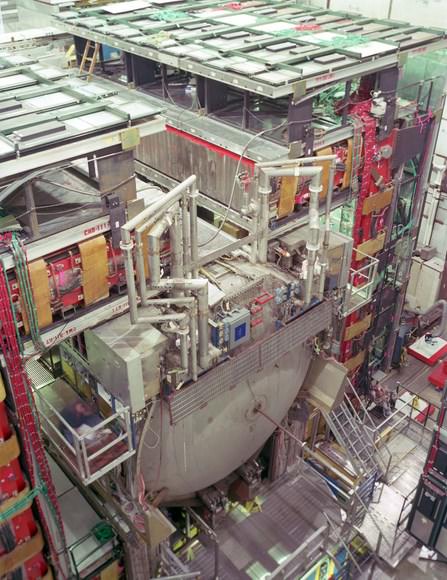
DZero is an international experiment of about 550 physicists from 90 institutions in 18 countries. It is supported by the U.S. Department of Energy, the National Science Foundation and a number of international funding agencies. In the last year, the collaboration has published 46 scientific papers based on measurements made with the DZero particle detector.
The W boson is a carrier of the weak nuclear force and a key element of the Standard Model of elementary particles and forces, which also predicts the Higgs boson. Its exact mass is crucial for calculations to estimate the likely mass of the Higgs boson by studying its subtle quantum effects on the W boson and the top quark, an elementary particle that was discovered at Fermilab in 1995.
Scientists working on the DZero experiment now have measured the mass of the W boson with a precision of 0.05 percent. The exact mass of the particle measured by DZero is 80.401 +/- 0.044 GeV/c^2. The collaboration presented its result at the annual conference on Electroweak Interactions and Unified Theories known as Rencontres de Moriond on Sunday.
“This beautiful measurement illustrates the power of the Tevatron as a precision instrument and means that the stress test we have ordered for the Standard Model becomes more stressful and more revealing,” said Fermilab theorist Chris Quigg.
The DZero team determined the W mass by measuring the decay of W bosons to electrons and electron neutrinos. Performing the measurement required calibrating the DZero particle detector with an accuracy around three hundredths of one percent, an arduous task that required several years of effort from a team of scientists including students.
Since its discovery at the European laboratory CERN in 1983, many experiments at Fermilab and CERN have measured the mass of the W boson with steadily increasing precision. Now DZero achieved the best precision by the painstaking analysis of a large data sample delivered by the Tevatron particle collider at Fermilab. The consistency of the DZero result with previous results speaks to the validity of the different calibration and analysis techniques used.
“This is one of the most challenging precision measurements at the Tevatron,” said DZero co-spokesperson Dmitri Denisov, of Fermilab. “It took many years of efforts from our collaboration to build the 5,500-ton detector, collect and reconstruct the data and then perform the complex analysis to improve our knowledge of this fundamental parameter of the Standard Model.“
Source: Fermilab

